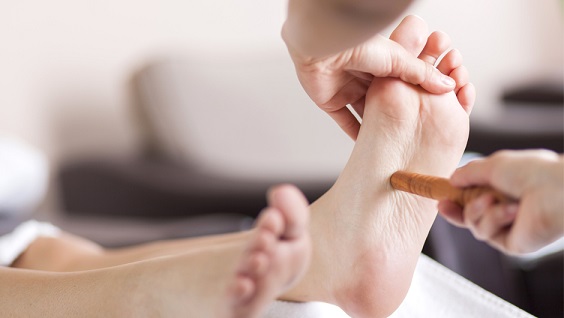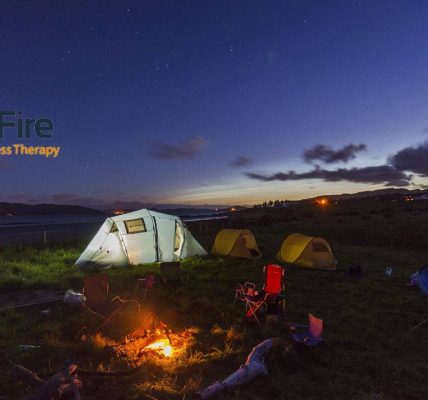Many people believe that the celebrated beauty treatments showcased in glossy magazines and promoted through television programs and movies are relatively new and innovative concepts.
However, the vast majority of such practices, all aimed at improving either the mental well-being or physical health of an individual, have actually been around for many, many years, with reflexology being one of the more prominent.
Continue reading for a beginner’s guide to reflexology.
What Exactly is Reflexology?
The practice of reflexology is a form of holistic therapy that can be traced all the way back to ancient times and, at its essence, uses specific pressures on a combination of the feet, ears, and hands as treatment.
No lotions or body oils are used in reflexology, making it the ideal form of treatment for people with sensitive skin or individuals who have skin conditions such as psoriasis and eczema. Prestigious and established beauty clinics such as utopiabeautique.com offer a wide range of reflexology courses, and qualified members of the team will be more than willing to answer any questions or queries you may have.
A Brief History of Reflexology
The use of reflexology as an effective pain relief can actually date back to Ancient Egypt, to around 2500 BC, and can be seen in papyrus paintings and documents illustrated in pictorial form.
Reflexology was introduced into Europe in the early 1300’s, when Marco Polo took a Chinese book on massage and translated it into modern Italian, which was then embraced by Italian practitioners of that time.
Reflexology Points
Unbelievably, there are over seven thousand nerve endings in your feet alone, and this is why they are a particularly sensitive area of the body.
Reflexologists work to connect specific points on the body with other areas and believe there are different zones on the ears, hands, and feet which, when pressure is applied, can help to alleviate pain in the corresponding areas.
The most common zones and points that reflexologists focus upon on their client’s foot and their corresponding connections include:
- The kidney and bladder are connected to the little toe
- The digestive system and urinary tract are connected to the fourth toe
- The heart and lungs are connected to the third toe
- The thyroid gland and throat are connected to the second toe
- The sinuses and head are connected to the big toe
The Key Benefits of Reflexology
As previously touched upon, the practice of reflexology can be traced all the way back to ancient civilizations, with people all over the world from way back then to the present day citing the treatment as a fantastic way to help heal the body.
Just a selection of the key benefits of reflexology include helping to lower blood pressure, assisting in the management of such conditions like fibromyalgia and arthritis, helping to reduce the pain from migraines and tension headaches, and an overall improvement in circulation.
Reflexology is also associated and linked with helping to reduce feelings of stress and anxiety.




